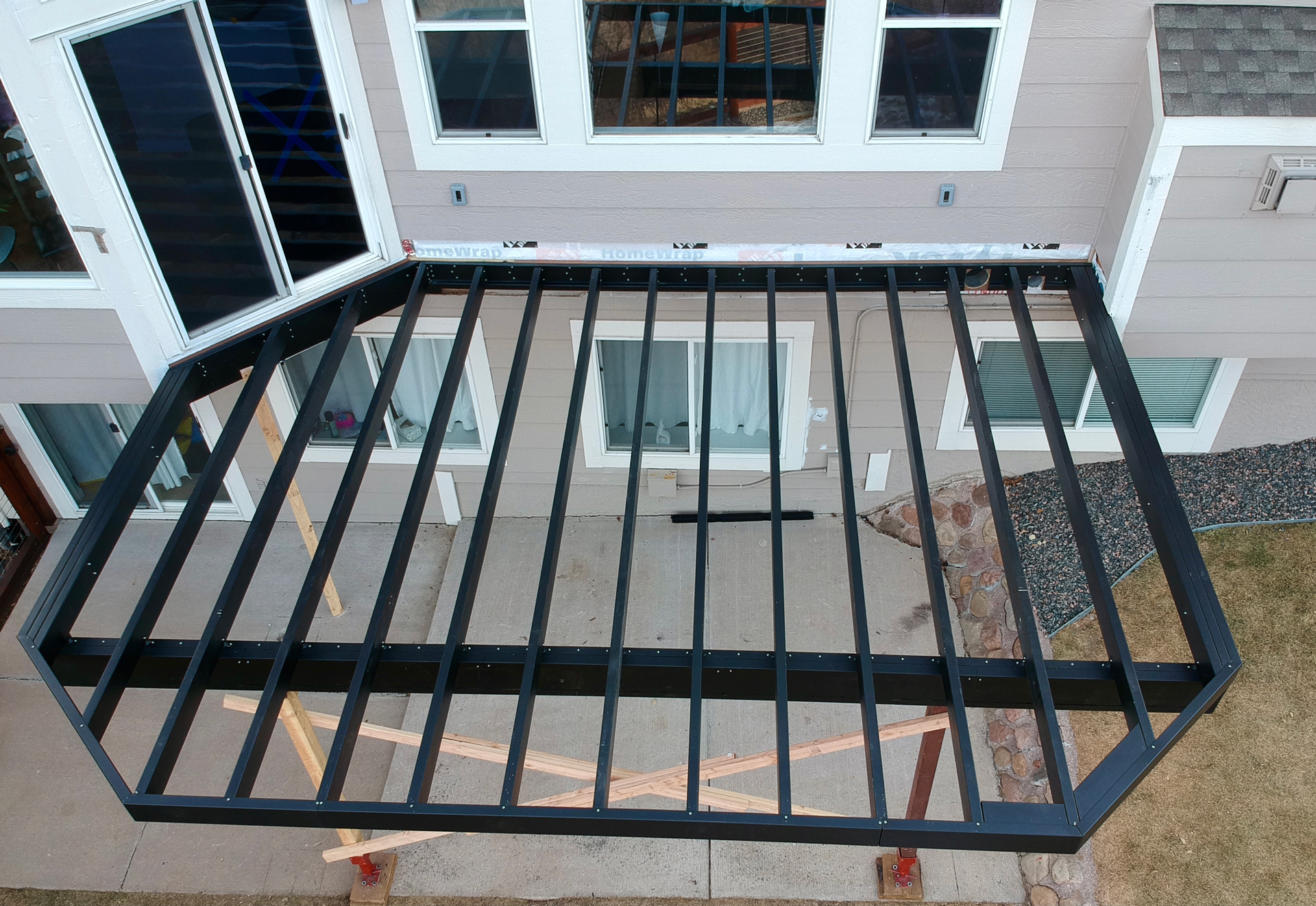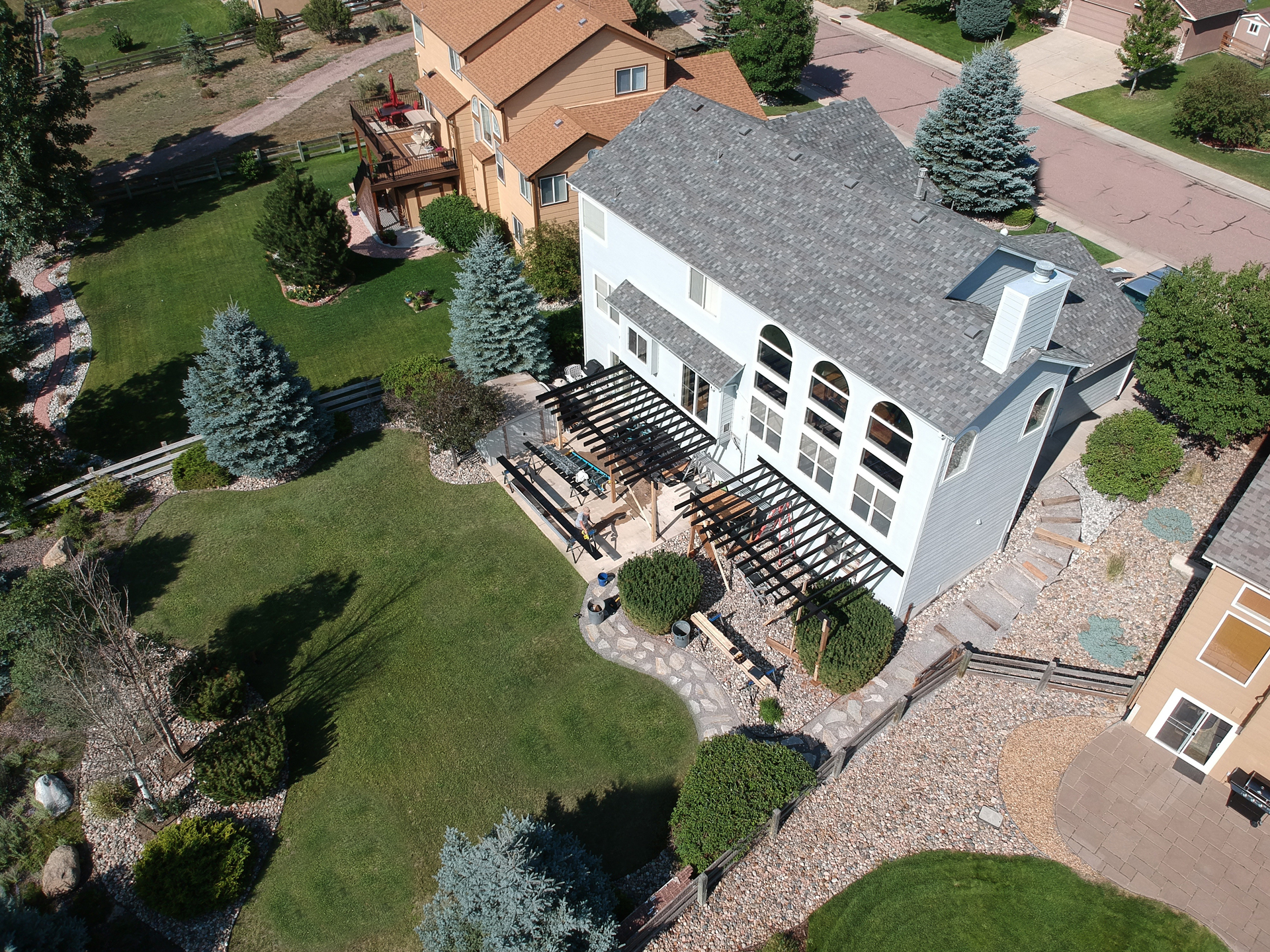╳

Get The Latest On Our Greatest
Subscribe to Our Company/Product Updates

Tuesday, March 9, 2021
It may feel like we just ushered in the new year, but spring decking season is fast-approaching. And while softwood lumber prices remain volatile, homeowners’ enthusiasm for outdoor and home improvement projects remains high and shows no signs of slowing down. The uptick in demand for building materials paired with astronomically high lumber prices has decidedly required many professionals to consider readily available alternatives like steel.
An ideal building material to keep deck framing projects moving, light-gauge steel makes for an enduring, dimensionally stable framing solution that keeps surface boards flat and smooth underfoot. But of course, making the switch to a new material can be daunting. That’s why we sat down with Fortress Platinum Preferred Member, Philip Purdy of StoneCroft Construction, to discuss how steel performs in the field. After all, experience is often the best teacher.
Listen up, class is in session.
Q: What are some of the predominant advantages of framing a homeowners’ deck with steel?
A: Commercial builders have relied on steel for decades, so it only makes sense that we put it to use across residential applications as well. After all, we know what it will do over time. But before making the switch to steel, our team at StoneCroft Construction spent years building pressure-treated wood frame decks, so, we do have a working knowledge of the difference between the two materials. Wood frame decks are fine, but steel frame decks offer a string of advantages that make it hard to beat:
Q: How do steel frame decks perform in Colorado’s climate?
A: In Colorado, particularly in the Southern Rockies where StoneCroft Construction is based, wood is exposed to extreme weather. The dry heat of summer, paired with the wet, cold of winter, does a number on wood frame decks. In our experience, typical builder grade decks constructed out of interior grade lumber last only 6 to 11 years. Pressure treated decks suffer a similar fate and are also subject to warping and cracking over time. This can have a detrimental effect on critical places like stair stringers and support beams. Framing with steel seems to sideline these problems.
Builders can take additional “steps” towards ensuring the integrity of a deck system by integrating a steel deck stair system into the project. Steel frame decks with a compatible staircase eradicate safety challenges rampant in wood frame decks, like poor stringer-to-deck connections. These freshly introduced steel stair components and brackets make it possible to marry deck framing and stairs for one unified system.


Q: What is the best time of year to complete a deck framing project?
A: While some might consider the transitional months to be “off-season” for decking, it’s actually one of the best times to tackle a decking project. In our experience, ideal working conditions are during Colorado’s fall and spring months, as temperatures are fairly moderate. The dog days of summer can actually be more challenging because decking materials become hot to the touch. Building during the off-season is a benefit to our customers, too. We typically have more availability in our schedules, and we also won’t disrupt your landscaping at its peak.
With the case made for steel, contractors and deck builders can look to readily available Evolution steel deck framing from Fortress Building Products to keep deck structures standing strong for years to come. From the system’s intuitive ledger to convenient joist lengths, the pre-assembled Evolution system makes for a straightforward deck building process. Track down Fortress® Evolution at a qualified dealer, home improvement store or online retailer at fortressbp.com/where-to-buy.
Get in touch with Philip Purdy and StoneCroft Construction at www.stonecroftconstruction.com/contact-us/.
Search